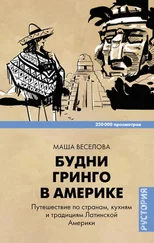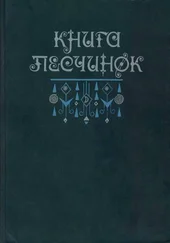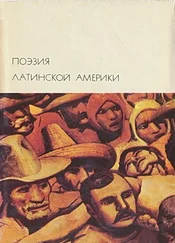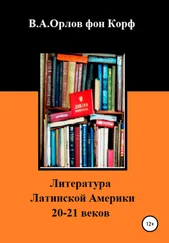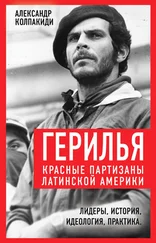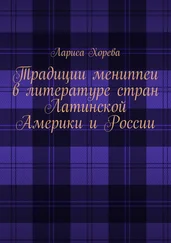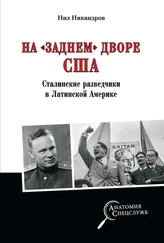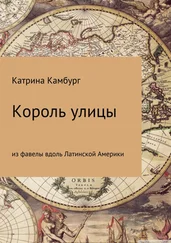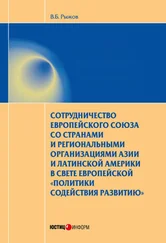Унитаристская церковь в Балтиморе,где в 1819–1823 гг. служил Джаред Спаркс. Арх. Максимилиан Годфруа (1765 – после 1840). 1817. Фото автора (2009). С. 334.
Симон Боливар.Портрет Мартина Товара и Товара (1827–1902). 1883. С. 361.
В оформлении книги использованы фрагмент гравюры «Америка» (ок. 1588–1589) из серии «Четыре континента» Адриана Колларта (Adrian Collaert, ок. 1560–1618) по эскизу Мартина де Boca (Marten de Vos, ок. 1531/1532-1603), а также карта Нового Света (сентябрь 1821 г.) Адриена-Юбера Брю (Adrien-Hubert Вше, 1786–1832).
The Latin American struggle for independence ended the sequence of Enlightenment Revolutions. It was the last Atlantic revolution at the end of the heroic age of transoceanic early modern capitalism, the last “pre-telegraph” war of sailing ships and privateers. Simultaneously these controversial events laid the basis for the future development of the Western Hemisphere.
After the War of 1812 the Early Republic was analyzing its tumultuous experience: the concepts of “natural borders” and “political gravitation”, the “American system” program, and the Monroe Doctrine were developed or elaborated during the Era of Good Feelings. The United States perceived their exceptional situation as the only large democratic republic at the periphery of the Vienna system and tried to understand its national goals. The young nation was simultaneously developing its national identity and searching for its place in the world.
The 1810s – 1830s debates about the annexation of Florida and Texas became a part of a wider discussion of the United States’ national interests. This discussion included challenges of how to build relations with its imperial neighbors: powerful and rational Britain and weakening and often unpredictable Spain (and then with Spain’s former colonies which were seldom politically stable).
Back then even sectional differences were not strong enough to shake the universal belief in the continental “destiny” of the United States. For good reason one of the most ardent (and definitely most effective) expansionists was John Quincy Adams from New England.
The Latin American fight for independence became a serious challenge for the United States, one which demanded a strong response. Even after the 1822 recognition of Latin American nations the United States still faced the challenge of deciding how to treat them. Were they allies and partners in the struggle with European influence or rather distant neighbors from the point of their geographic position, political culture, and economic interests? The active Hemisphere policies were able to put the United States in the vanguard of the emerging republican community and simultaneously bring their own complications for its position in the wider world. The correct decision was hard to identify since the United States had no strong army and no professional diplomatic corps.
The Latin American Wars of Independence became an important challenge both for U.S. foreign policy and public thought. In a short period North Americans “discovered” a large Iberian world which became one of the main sources of international news. Alas, North Americans judged this world either by the rigid ideology of Enlightenment, classical republicanism and nascent liberalism or by the older “black legend” prejudice.
Following initial, rather irregular contacts, the United States attitude towards its Southern neighbors passed through at least three stages.
1) In 1815–1822 after the War of 1812 and before the recognition of Latin American nations the growing public interest towards the revolutions of the Western Hemisphere faced the moderate political line of the federal administration. The neutrality line allowed North American merchants to profit from commerce with both sides of the conflict, and the negotiations with Spain restrained the Administration.
The public movement in support of “South brethren” was rather influential and may be compared with “Philhellenism” of 1820s. Enthusiasts tried to promote the diplomatic recognition of Spanish colonies and expressed confidence of brilliant prospects for both new Latin American states and of Pana-merican unity politics. The development of such views was also fostered by communication with outstanding emigrants from Latin America, first and foremost, with Manuel Torres who resided in Philadelphia.
Among the most active participants of this unofficial movement were Henry Clay and his several Kentuckian countrymen, Caesar Rodney (Delaware), Head of the Patent Office William Thornton, journalists William Duane, Hezekiah Niles, Thomas Ritchie, writer and lawyer Henry Brackenridge.
The circle of the Chilean general Jose Miguel Carrera’s supporters stood alone and included politician and diplomat Joel Roberts Poinsett, Commodore David Porter, Maryland Judge Theodorick Bland, his son-in-law public official and publisher John Skinner, journalist Baptis Irvine. The network of Latin American revolutions enthusiasts was especially strong in Philadelphia (a cosmopolitan city with radical traditions) and in Baltimore where privateering against Spain and Portugal provided ample income for mariners unemployed after the end of the Napoleonic wars.
Creole patriots generally enjoyed the sympathies of North Americans who treated the struggles of Spanish colonies as a logical result of their own revolution, but were slow to help southern neighbors. Despite their many conversations with Latin American emissaries, James Monroe and John Quincy Adams did not promote diplomatic recognition. Attempts to organize liberation expeditions from the U.S. territory always failed and consequently injured the image of Spanish American revolutions.
Even Henry Clay who called for recognition of the independence of “South brethren” and United States leadership in the republican Hemisphere never hinted at the possibility of the military support for Latin America. Thus, he was remaining within the neutrality course in its wider construction.
And sympathies did not exclude doubts. Classical republicanism (which underlined civil virtue) and liberalism (with its belief in progress and human capability to correct vices) bore both hopes and skepticism: would the Spanish Americans burdened by colonial heritage be ready for freedom?
The “Western Hemisphere idea” (Arthur P. Whitaker s term), which juxtaposed republican New World with monarchical Europe and stressed the unity of both Americas, became an optimistic answer to this question. This early Panamericanism stems from Thomas Jefferson and was developed by Henry Marie Brackenridge and Henry Clay. Underlining the common features in New World development, politicians and pamphletists were stressing the unity of both Americas, destined to become a bulwark of freedom in the world. This idea was crowned by the international aspect of Clay s “American system” (1821) – a huge temptation of Western hemisphere republican unity as counter-balance to the European monarchical Holy Alliance.
Alas, the “Western Hemisphere idea” often contradicted the factional strifes among revolutionaries themselves. The best example is provided by the activities of Jose Miguel Carrera and his “party” which split the South American commission of 1817–1818 and weakened the positions of “South brethren” in the United States. Evidently, though the Creole revolutionaries liked to employ the “Western Hemisphere idea” notions, they would have never accepted Henry Clay s 1821–1824 plan of the Panamerican union under the aegis of the United States.
Читать дальше
Конец ознакомительного отрывка
Купить книгу

